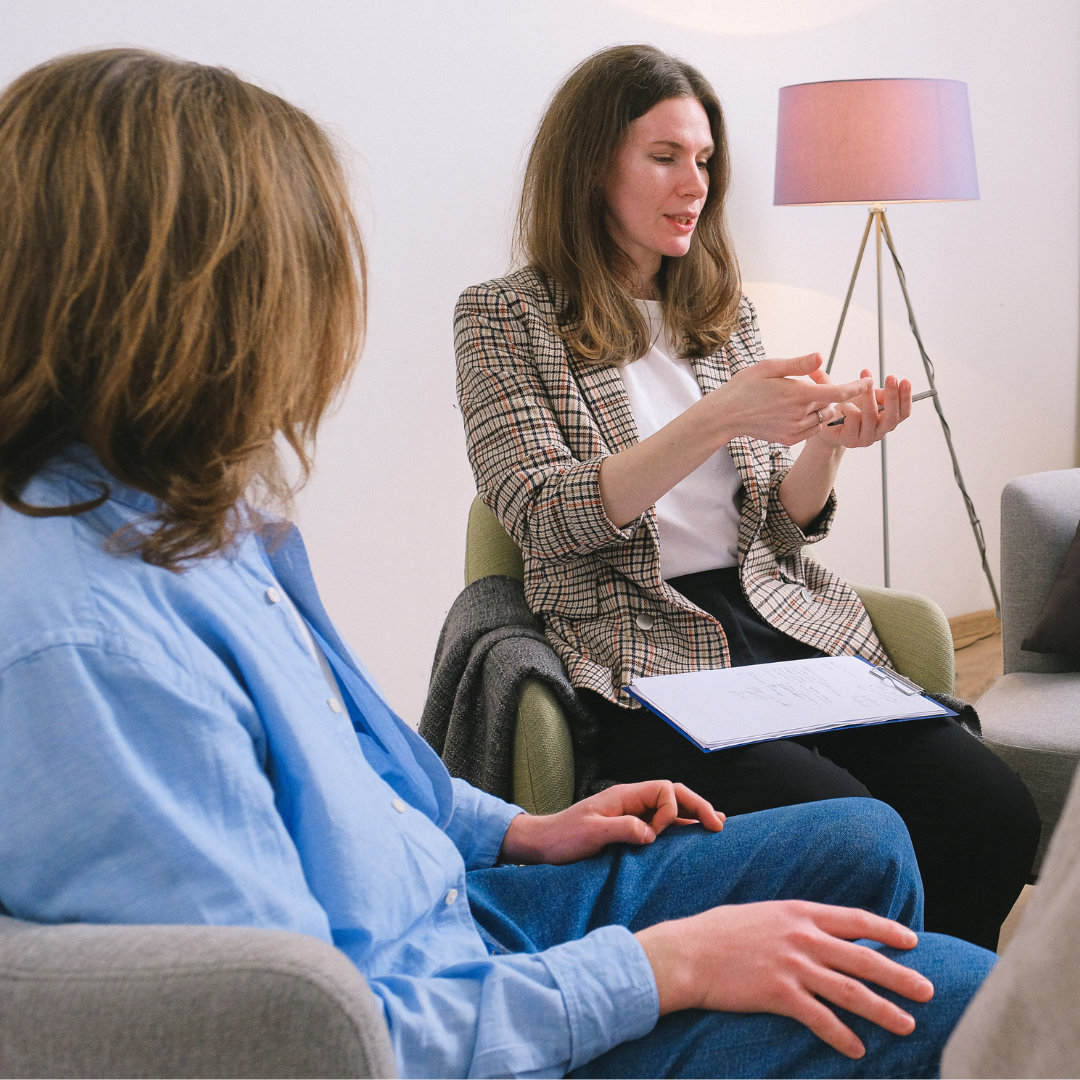Body language tells a lot about people, their condition and their mood. Those who know body language can better understand what others have to say, clearly express their feelings and emotions, non-verbally define the type, character of a person, and make communication with him most effective. It helps to build relationships with people, to become open to the world and others, and to develop qualities, such as self-esteem.
History of Body Language
Of course, speech is important in communication, but nonverbal communication, the way in which information and emotions are conveyed through body language is no less important. These are the following:
- positions;
- facial expressions;
- hand, foot, head gestures;
- body movement.
People have been using body language since ancient times. For example, in Ancient Greek theater, actors used static masks to convey certain states of heroes: anger, joy, fear, etc. Ancient treatises on oratory art also noted the importance of non-verbal communication.
In the 19th century, Charles Darwin studied how animals and humans express their emotions. In the 20th century, researchers studied non-verbal behavior and came to different conclusions. Thus came the Paralyngvistic and Linguocentric theories. According to the former, body language was considered to be merely an addition to the usual way of communicating. In the second theory, the human has about 50 simple movements in his set, which he uses in a certain sequence to express his thoughts more accurately.
In the middle of the 20th century, scientists came to the conclusion that non-verbal language is a separate way of communicating. It is independent of verbal and differs from it by continuity, involuntary, probabilistic origin.
Every person from birth learns to use individual body language. When a baby cannot speak yet, he can express his desires non-verbally. Over time, it understands how to behave to get what he wants. As children grow older, they learn to speak and stop paying attention to body language. However, it is not only a way of communication but also a source of influence on an emotional state.
How Mind and Body are connected
The language of the body does not always express what happens in the soul. But it is often observed that in defending oneself, even against an imaginary enemy, one crosses one’s arms or legs. Or he puts his hands up to him as a token of obedience. The body reacts differently to grief, resent, joy, admiration.
By observing the different body movements of the interlocutor, we can understand how he/she feels, or we can convey some information about this person, his/her condition, and emotions.
Body language science shows how important it is to be able to speak this nonverbal channel of communication that transmits personal meanings. Modern psychologists see it as a way of human development.
It’s been proven that emotional and physical states are interconnected. So negative emotions cause tension, impaction, spasms. When people feel positive, they open up. The mechanism indeed works in the opposite direction: if one relaxes the tense of muscles, it will gradually go away, as well as the negative emotion that caused the spasm.
What does Body Language translate
Body language always expresses the inner state of a person. Often you notice that the speaker during the business presentation seems convincing, but you feel something wrong. You probably subconsciously picked up non-verbal signs that signaled insincerity.
Quite a frequent story: clients tell that they were interviewed in a «dream company». He/she was not chosen by two candidates. The logical question is why not me? In this case, diagnostics will help. Stand in front of the mirror and look at yourself as if from the outside. What kind of person do you see? What he/she is conveying in body language? Maybe self-doubt, unwillingness to make contact, unkindness.
Can you change that? Yes, if you do it purposefully. For example, by doing a simple exercise:
1. stand in front of the mirror straight;
2. spread your chest out;
3. look straight ahead;
4. put your feet on the width of your shoulders with your socks outside;
5. smile.
You’ll feel stronger and more confident.
Body Language and Self-esteem
Sociologists have been studying the influence of body language on human communication for many years. Non-verbal signs help in the assessment of other people, convey our emotions and predict the outcome of communication. But our nonverbals also affect us: our senses, our thoughts, our condition in general.
You can tell from the body language what we think about ourselves. It’s not so much about the people around us as it’s about us. The use of various positions, gestures, and movements affects both the external image of a person and his internal state.
American psychologists Amy Cuddy, Dana Carney, and Andy Yap did an experiment where one group of people was asked to take a dominant posture, while the other was asked to take a subordinate position, and stay there for two minutes.
Independent participants then had a stressful recruitment interview. It turns out that those who practiced the dominant posture are more likely to be hired. Why? Because their cortisol (stress hormone) levels were lower and their testosterone (dominance hormone) levels were higher than those of the second group. The conclusion was that by knowingly training the language of the body of a confident person, you can change your mind and become more confident.
You’ll never get a Second Chance to make a First Impression
How do you influence a person when you see them for the first time? Most people don’t know what to do to be remembered and liked. Although it is very important both in everyday life and in business presentations: if people like you, they will agree with you more often. Research has shown that it only takes us two seconds to know whether we like the person or not.
The first impression is based on what comes from you. People pay attention to everything: body position, confidence, goodwill, smile, dress. Body language is the external expression of your inner state. What you experience is shown in facial expressions, gestures, postures, the way you move.
The body’s language can set the brain to certain behavior and help to influence other people. The physical state and thoughts are in constant contact with each other. This non-verbal channel of communication is as powerful as speech.
Click here to learn more about Voice&Leadership training




